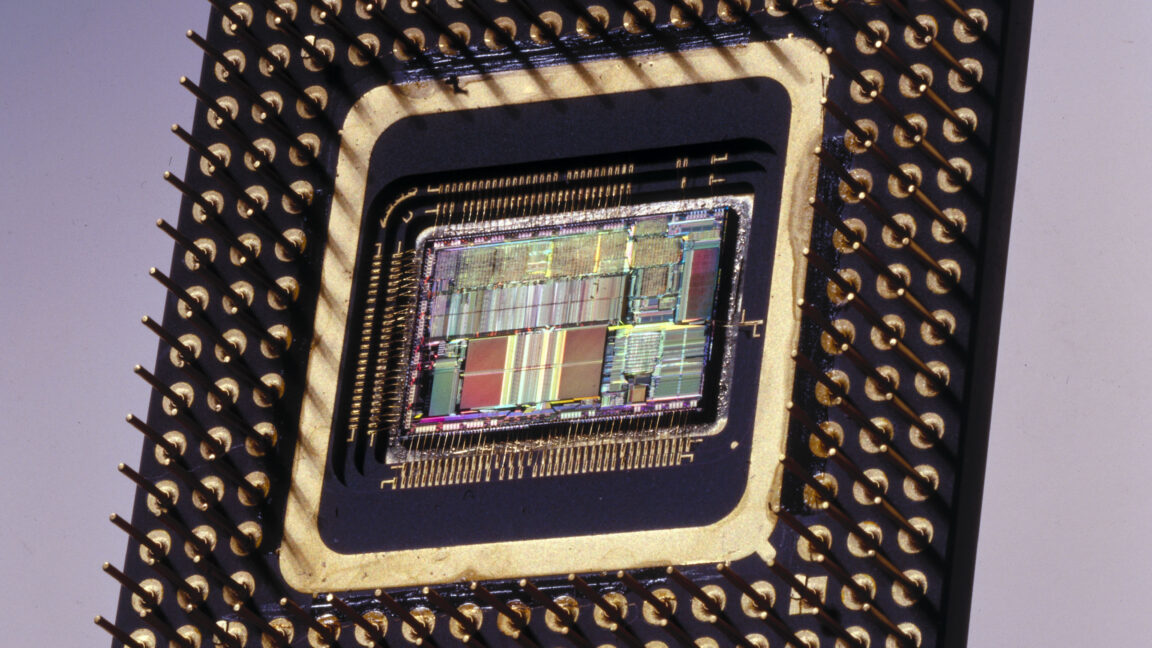I just learned that Tiny Core Linux still supports 486 out of the box in their latest release (Tiny Core 16 with kernel 6.12).
Also, Arch 32 still supports 486 as well though I think only non-GUI packages.
On the plus side, somebody’s been working on getting Linux to run on a Commodore-64. So I’m pretty sure the 486 won’t be left behind for long.
Just use older Kernel…
He’s obviously working for Big 586.
Goddammit, now I have to upgrade my mail server…
I think you are good on your mail server for a while.
Linux kernel 6.15 will still boot on a 486. You can pair that with MUSL 1.25 (current) and the latest Busybox to create a perfectly viable Linux system.
Debian Trixie is going to be released in a couple months with kernel 6.12 LTS.
As somebody pointed out in a different post, the Linux Foundation will provide support for kernel 6.12 for 10 years after Debian Trixie is released.
https://www.cip-project.org/about/linux-kernel-core-packages
So, there will be a supported kernel that can be compiled for the 486 until mid 2035 at least.
Are you running bleeding edge on your mail server?
I know this is all just in fun but a mail server is one thing I would certainly want a supported kernel on. Security and email are not friends.
Damn yeah that’s true. Damn time to upgrade that 25 year old hardware haha
If 2.X was good enough for mah granpappy, it’s good enough for me.
o7
Ridiculous
Are you saying you think it’s ridiculous to end support “already”?
I think it’s likely that anyone still using 486s isn’t updating software anyway, so it’s unlikely to matter aside from niches like retro devices. Luckily, open source means that if there’s a genuine desire there’ll probably be a fork to provide it.
planned obsolescence obvs linux is the new microsoft /s
Discontinued 2007‽
You can kind of still buy them:
Tbh, I understand the problem. There are just so many volunteers for making newer developments work on every platform. Streamlining the development and easing the load on the volunteer devs seems a good idea. Having that said, it’s ofc a pity to drop support for devices. At least the LTS kernels will support the current support for a while and the vibrant Linux community will find a good way to work it out, I have no doubt. Many machines, in particular old ones, run with very old kernels to begin with…
I won’t repeat the whole message but
https://www.cip-project.org/about/linux-kernel-core-packages
There will be a Linux Foundation supported kernel that can be built for 486 until at least 2035. After that, you might have to backport security fixes yourself.
Aww 😞
Just as the MiSTer has started putting (sorta) 486s back in people’s hands, although if the newly required instructions aren’t too complicated, I suppose someone could conceivably add them to the core.
I guess one unknown for me is how the capability detection of the kernel works and if it works on instruction detection or if it determines it via CPUID.
A big also is that I’ve not yet tried to run Linux on mine yet so I’m not even sure it’s possible with a modern kernel anyway. I think I remember seeing someone got an old version of redhat or Debian working
I’ve seen a whole raft of 386 machines on AliExpress recently. I need to investigate what’s actually in them .
Edit: it’s just 386s Edit 2: 386 soc on board
Ah I believe those are powered by chips originally intended to be used in industrial control use cases.
Loads of old manufacturing machines & software out there that are built around a 386/486, and given intel hasn’t exactly been making those models in a good while, some companies stepped up to provide compatible replacements for those situations.
Someone on AliExpress had the idea of using them in a more pc-like product for retro gaming, and voila we have all these modern 386/486 clones
Yeah they seem to be M6117 386 soc. They’re a bit pricey to buy on a whim, but I’ll keep an eye out, might be fun to tinker with.









